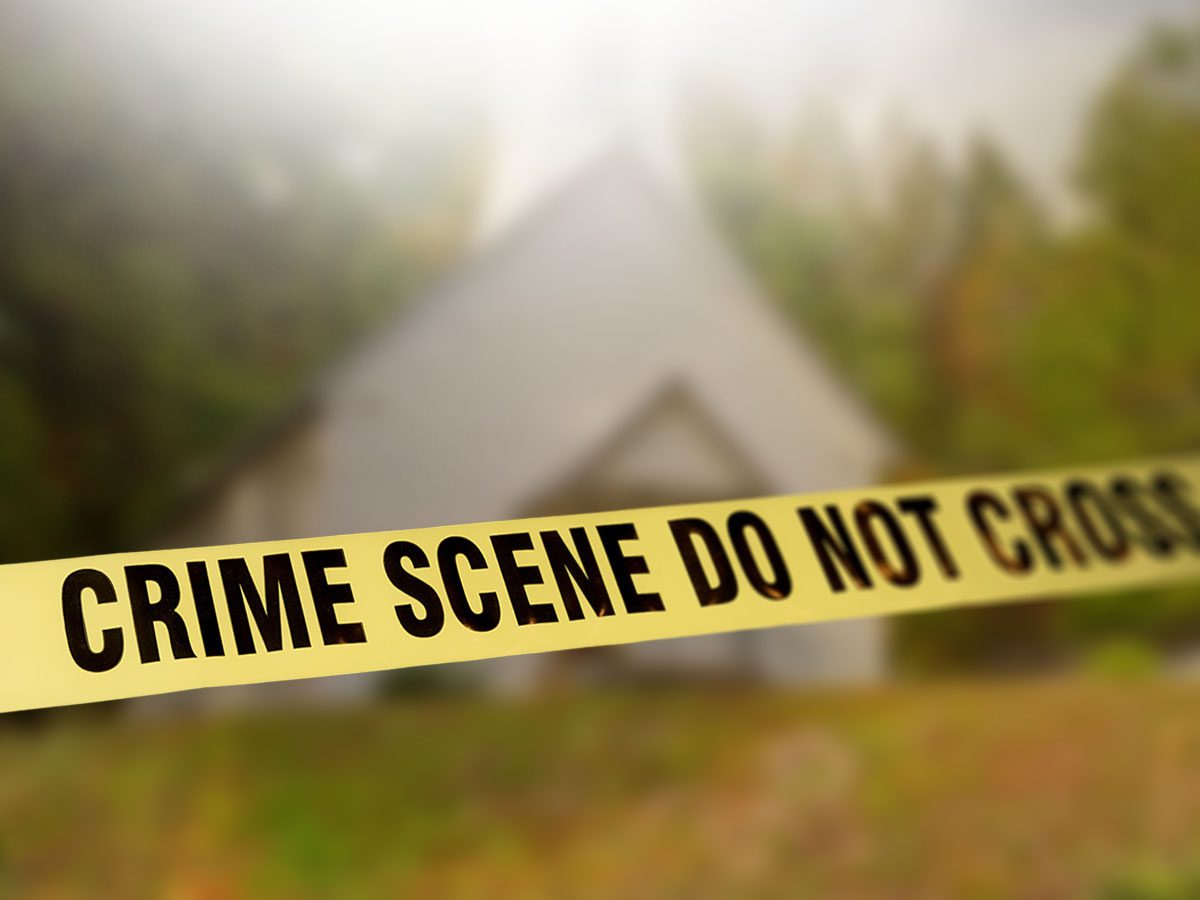
The small town of Sutherland Springs, Texas, witnessed the destruction of a place that held profound significance for its residents. On Monday, August 12th, crews began the process of demolishing the First Baptist Church of Sutherland Springs, the site of the deadliest church shooting in U.S. history. The tragic event on November 5, 2017, claimed the lives of 26 people, including a pregnant woman and her unborn child, leaving the tight-knit community of fewer than 1,000 people forever altered.
The church, which had served as a memorial since the shooting, was razed despite efforts by some families to preserve it. A judge’s ruling last month cleared the way for the demolition following a 2021 vote by church members to tear it down. The decision sparked a lawsuit from some community members who sought to reopen the discussion about the building’s fate, but their efforts were ultimately unsuccessful.
John Riley, an 86-year-old member of the church, watched the demolition with a heavy heart. The sight of the yellow excavator tearing into the building brought him immense sorrow. “The devil got his way,” Riley remarked, expressing his deep disappointment. “I would not be the man I am without that church.” For Riley, the sanctuary was not just a building; it was a sacred space, a place where he had connected with God and his fellow believers. He vowed to pray for divine retribution against those who had set the demolition in motion, believing that “that was God’s house, not their house.”
The church held a special place in the hearts of many in the community, serving as a source of solace and comfort in the years following the tragedy. The interior of the sanctuary had been painted white after the shooting, and chairs bearing the names of those who lost their lives were placed inside. For some, the space was a poignant reminder of the lives that had been cut short, a place where they could feel close to their loved ones.
Terrie Smith, the president of the Sutherland Springs Community Association, was one of those who found comfort in the church. Over the years, she visited the sanctuary frequently, finding peace in the memories of those who had perished there. Among the victims were Joann Ward, a woman Smith considered like a daughter, and Ward’s two young daughters, ages 7 and 5. For Smith and others, the church was more than a building—it was a living testament to the community’s resilience in the face of unspeakable loss.
The demolition of the church has reopened old wounds for many in Sutherland Springs, bringing back painful memories of the day that forever changed their lives. The debate over whether to preserve or demolish the building highlights the deep divisions within the community as residents grapple with how best to honor the memories of those who were lost. For some, the decision to tear down the church is a necessary step in the healing process, a way to move forward and create a new chapter for the congregation. For others, it feels like a betrayal, a decision that erases a sacred space where the memory of their loved ones could be kept alive.
The First Baptist Church of Sutherland Springs now stands no more, replaced by the rubble and dust of a painful past. Yet, for the community, the memories of that fateful day and the lives lost will continue to linger, woven into the fabric of their shared history. As the town moves forward, the challenge will be finding ways to honor those who were lost while also seeking healing and peace in the aftermath of tragedy.


